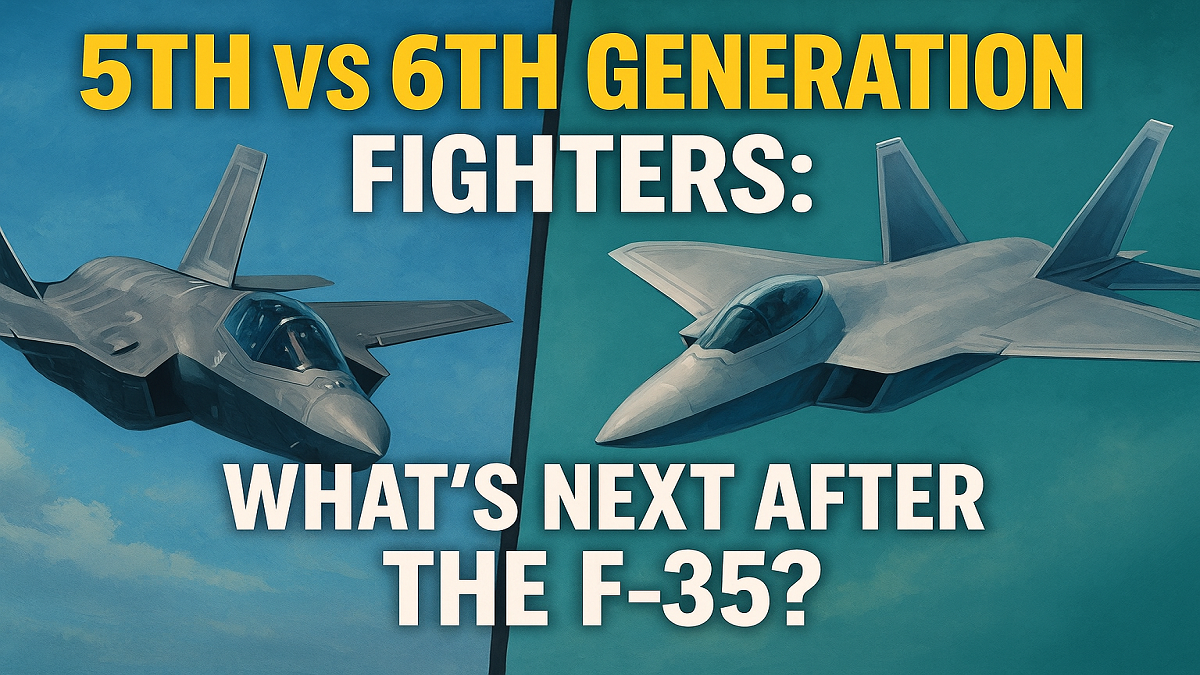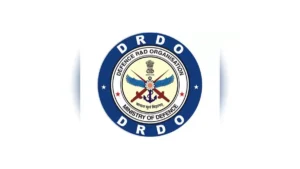The world of military aviation is on the verge of another technological revolution. As the F-35 Lightning II—a quintessential 5th generation fighter—continues to redefine air combat, global powers are now shifting focus toward the development of 6th generation fighters. These next-gen aircraft promise to push the boundaries of stealth, artificial intelligence, and air dominance. But how do they differ from their predecessors, and what exactly is coming next?
Understanding Fighter Generations
What is a Fighter Generation?
The term “generation” in fighter aircraft refers to a benchmark of technological advancement. Each generation represents a significant leap in capabilities such as speed, avionics, weapons systems, and stealth technology. While there’s no universally accepted definition, consensus has emerged around key characteristics that define each generational leap.
Defining the 5th Generation Fighters
Key Characteristics of 5th Generation Aircraft
5th generation fighters are the current pinnacle of operational combat aircraft. These planes embody stealth, advanced avionics, and network-centric warfare capabilities. Key features include:
- Low observable (LO) stealth across all aspects: airframe, heat signature, and radar cross-section.
- Sensor fusion: Data from various sources is combined to provide a complete battlefield picture.
- Advanced situational awareness: Pilots have real-time information from various platforms.
- Supercruise capabilities: Ability to fly at supersonic speeds without using afterburners.
- Integrated avionics and C4ISR systems: Seamless communication and data-sharing between platforms.
Examples of 5th Generation Fighters
- F-22 Raptor (U.S.): First true 5th gen fighter focused on air superiority.
- F-35 Lightning II (U.S.): Multi-role fighter with stealth, ISR, and electronic warfare capabilities.
- Chengdu J-20 (China): Designed for long-range strike and air dominance.
- Sukhoi Su-57 (Russia): Emphasizes supermaneuverability and stealth.
Limitations of 5th Generation Fighters
Despite their cutting-edge capabilities, 5th gen fighters have limitations that future aircraft aim to overcome. These include:
- High development and operational costs.
- Reliance on human pilots with limited AI support.
- Limited autonomy in high-speed decision-making.
- Upgradability constraints due to complex integrated systems.
The Rise of 6th Generation Fighters
What Defines a 6th Generation Fighter?
The emerging 6th generation aircraft aim to surpass the capabilities of 5th gen platforms in every domain—air, cyber, and space. While no operational 6th gen fighter exists yet, several defining features are becoming apparent:
- Optional manning (manned or unmanned): Aircraft can be piloted remotely or autonomously.
- Advanced AI and machine learning: Enables rapid decision-making and adaptive mission profiles.
- Enhanced stealth and electronic warfare capabilities.
- Hypersonic weapons compatibility.
- Swarming drones integration: Use of loyal wingmen—autonomous drones that support the main aircraft.
- Directed-energy weapons: Such as lasers for missile defense and target engagement.
- Quantum radar and communications: To reduce jamming and enhance secure transmission.
Global Programs Developing 6th Generation Fighters
United States – NGAD (Next Generation Air Dominance)
The U.S. Air Force’s NGAD program is at the forefront of 6th gen development. This program focuses on building a “system of systems”—a primary fighter accompanied by unmanned support platforms.
- Features modular design, enabling rapid technological upgrades.
- Incorporates AI-piloted wingmen for collaborative combat missions.
- One NGAD prototype is already said to have flown.
United Kingdom – Tempest Fighter Program
Led by BAE Systems, the Tempest project is part of the Future Combat Air System (FCAS), involving the UK, Italy, and Japan.
- Envisions deep integration of AI and cyber warfare.
- Focus on electromagnetic weapons, stealth, and interoperability.
- Expected to enter service in the 2030s.
Europe – SCAF/FCAS (France, Germany, Spain)
A parallel program to Tempest, this initiative is spearheaded by Dassault Aviation and Airbus.
- Emphasizes shared European defense capabilities.
- Focused on next-gen sensors, stealth, and a combat cloud for networked warfare.
Russia – MiG-41 and Sukhoi Projects
Russia’s MiG-41 interceptor, dubbed a 6th generation “spaceplane”, aims to replace the MiG-31 with hypersonic and anti-satellite capabilities. Details remain limited, but Russia claims a prototype may be unveiled by the late 2020s.
China – Next-Gen Stealth Fighters
China is developing a 6th gen aircraft under tight secrecy. It is expected to enhance its J-20 design with hypersonic, AI, and drone swarm technologies, possibly in collaboration with state-owned AVIC.
Technological Innovations Driving 6th Gen Fighters
Artificial Intelligence & Autonomy
AI will be mission-critical, acting not only as a decision-support tool but also as a co-pilot in many scenarios. Expect cognitive electronic warfare systems, adaptive mission planning, and autonomous combat algorithms.
Loyal Wingmen & Swarming Drones
6th gen fighters will not fly alone. They will operate alongside unmanned aerial vehicles (UAVs) capable of performing ISR, EW, and kinetic missions. Programs like Skyborg (US) and Ghost Bat (Australia) are pioneering this concept.
Energy Weapons
Laser systems, microwave weapons, and high-powered directed energy tools will be used for intercepting missiles or disabling enemy systems, providing a non-kinetic edge on the battlefield.
Operational Shift: From Platform to Ecosystem
Unlike earlier generations focused on a single high-performance platform, 6th gen fighters represent an ecosystem approach. This includes:
- Manned and unmanned teaming (MUM-T)
- Data-centric combat cloud for real-time battlefield awareness
- Interoperability with land, sea, space, and cyber units
Challenges in 6th Generation Development
Cost and Complexity
Creating such advanced systems comes with skyrocketing costs. The technology is expensive to develop, test, and maintain, with a full system potentially exceeding hundreds of billions of dollars.
International Coordination
For multi-national projects like Tempest and SCAF/FCAS, political disagreements, industrial competition, and differing military doctrines pose significant hurdles.



 Indian Navy to Commission First Indigeno...
Indian Navy to Commission First Indigeno...
 Rajnath Singh Inaugurates 125 Border Inf...
Rajnath Singh Inaugurates 125 Border Inf...
 DRDO Transfers Seven Indigenous Technolo...
DRDO Transfers Seven Indigenous Technolo...







